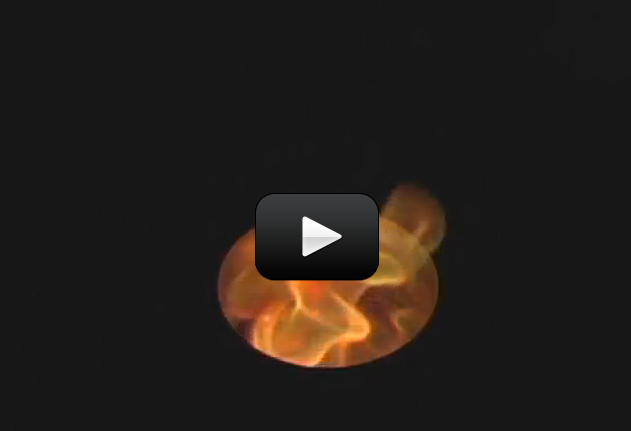Always have a FIRE EXTINGUISHER and ADULT HELP handy when performing fire experiments. NO EXCEPTIONS.
This video will show you how to transform the color of your flames. For a campfire, simply sprinkle the solids into your flames (make sure they are ground into a fine powder first) and you'll see a color change. DO NOT do this experiment inside your house - the fumes given off by the chemicals are not something you want in your home!
One of the tricks to fire safety is to limit your fuel. The three elements you need for a flame are: oxygen, spark, and fuel. To extinguish your flames, you'll have to either wait for the fuel to run out or smother the flames to cut off the oxygen. When you limit your fuel, you add an extra level of safety to your activities and a higher rate of success to your eyebrows.
Here's what we're going to do: first, make your spectrometer: you can make the
simple spectrometer or the more-advanced
calibrated spectrometer. Next, get your chemicals together and build your campfire. Finally, use your spectrometer to view your flames.
Please
login or
register to read the rest of this content.


thank you 🙂 !!!!!!!!!!!!
I’ve updated the link – you can click on any element now to see the spectrum.
I was not able to do the ” Click here for more information on Spectra of the Elements. ” can you please help me on that :-).